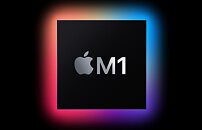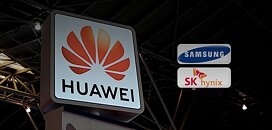Global 200mm Semiconductor Fab Capacity Projected to Surge 20% to Record High by 2025
Semiconductor manufacturers worldwide are estimated to increase 200 mm fab capacity 20% from 2021 through 2025, adding 13 new 200 mm lines as the industry reaches a record high of more than 7 million wafers per month (wpm), SEMI announced today in its 200 mm Fab Outlook to 2025 report. Surging demand for automotive and other applications are driving the capacity expansion for power semiconductors and MEMS.
Chipmakers including ASMC, BYD Semiconductor, China Resources Microelectronics, Fuji Electronics, Infineon Technologies, Nexperia and STMicroelectronics have announced new 200 mm fabs to meet growing demand.The SEMI 200 mm Fab Outlook to 2025 report shows fab capacity for automotive and power semiconductors growing at a rate of 58% from 2021 to 2025, followed by MEMS at 21%, foundry at 20% and analog at 14%.
Chipmakers including ASMC, BYD Semiconductor, China Resources Microelectronics, Fuji Electronics, Infineon Technologies, Nexperia and STMicroelectronics have announced new 200 mm fabs to meet growing demand.The SEMI 200 mm Fab Outlook to 2025 report shows fab capacity for automotive and power semiconductors growing at a rate of 58% from 2021 to 2025, followed by MEMS at 21%, foundry at 20% and analog at 14%.





































